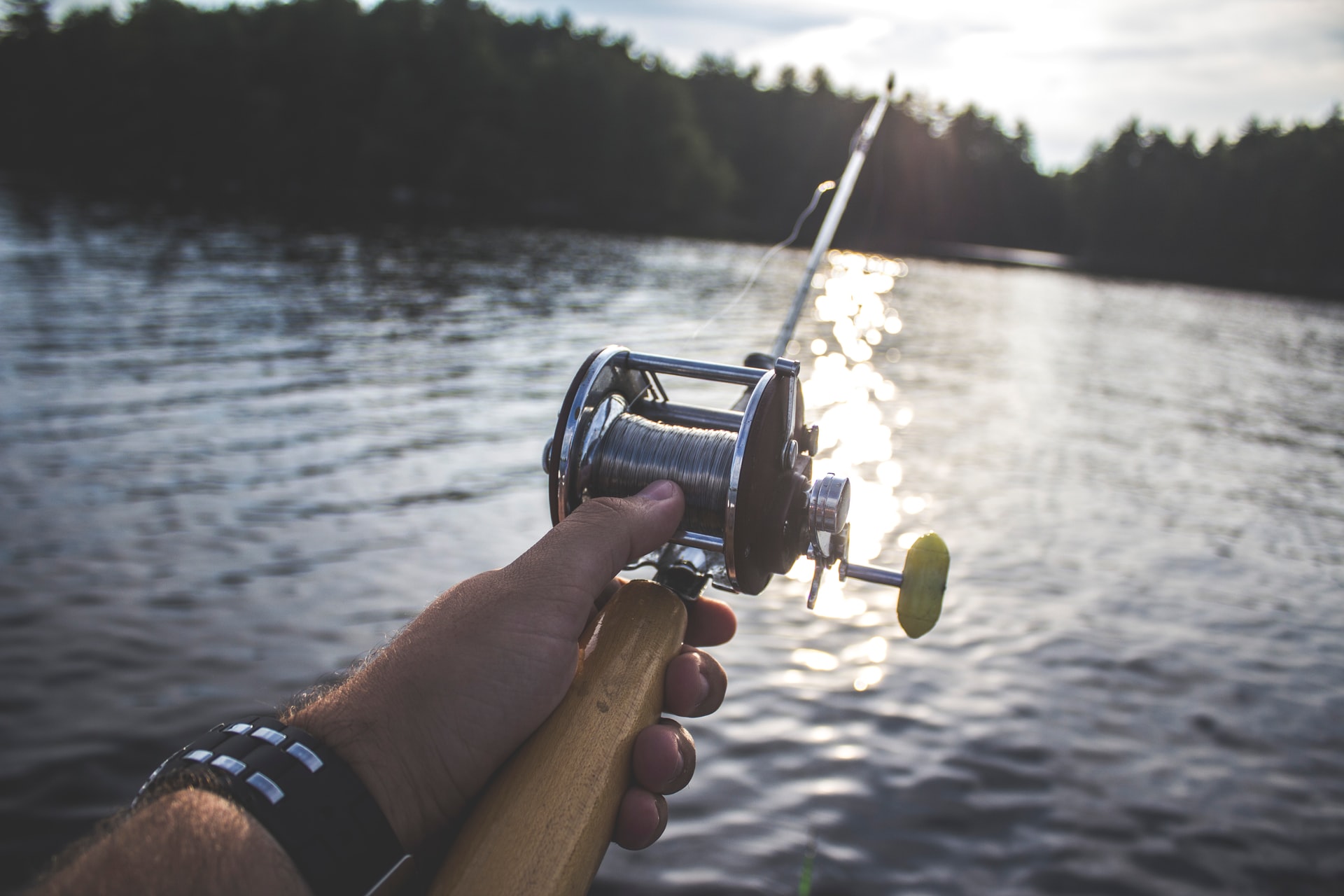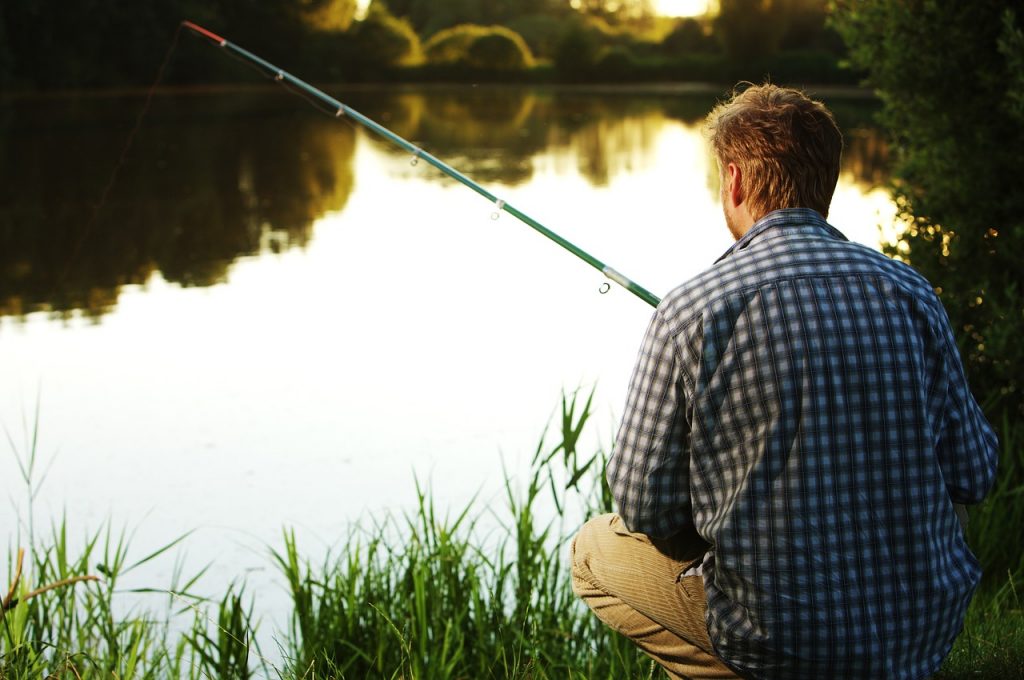
First of all, the rod should be adapted to the type of fishing the beginner intends to do. Another one is recommended for long sittings when fishing for carp, and a completely different equipment will be useful for roaches. With predatory fish we also need to get a special type of rod. Do you have to have them all at once? Not necessarily. We suggest where to start.
Which rod to buy? The answer depends on what kind of fish we intend to catch and how often we want to do it. Occasional fishing is hardly a reason for expensive purchases and excessive focus on technical details. In any case, it is worth exploring the choice we have among the rods offered to customers on the market

At first, you can skip the ice and sea rods, because this is a very specific type of equipment that is rarely useful for beginners in this sport. Instead, it is worth distinguishing
Usually the first choice is a float, ground or spinning rod. The first proposal is very universal, the second one is especially good for catching fish that like to feed at the bottom (bream, tench, crucian carp, sometimes carp), and the last one is used for catching predators. So the goal we choose is important. We should clearly define the fishery we are going to visit most often and the fish we usually want to ambush with the rod
It is good to know what kind of specimens we can find in our preferred fishery. Then it will be easier for us to choose the right rod. Important parameters are its flexibility, strength and weight. Length is also important – operating a long rod in a small river with overgrown banks will be uncomfortable. The same is true if the rod is too heavy. Finally, you should buy a rod with guides, reel holder and handle made of solid materials
In a fishing store the seller may offer us ”top-shelf equipment,” but it is not worth succumbing to such proposals. The basic question we need to answer is: how many times a month will we be able to go fishing? If it’s going to be sporadic, it’s better to buy mid-priced or even lower-priced equipment than the best and most expensive, which will get dusty in the corner.
Photo Brady Rogers/Unsplash